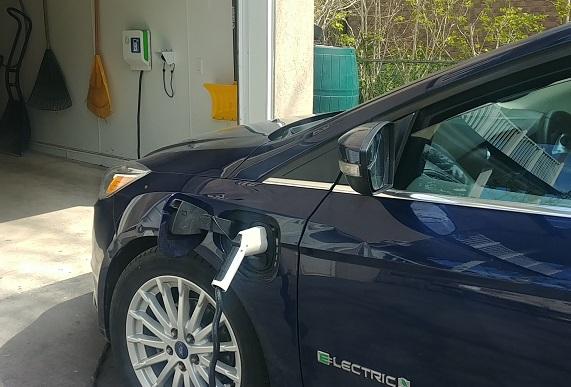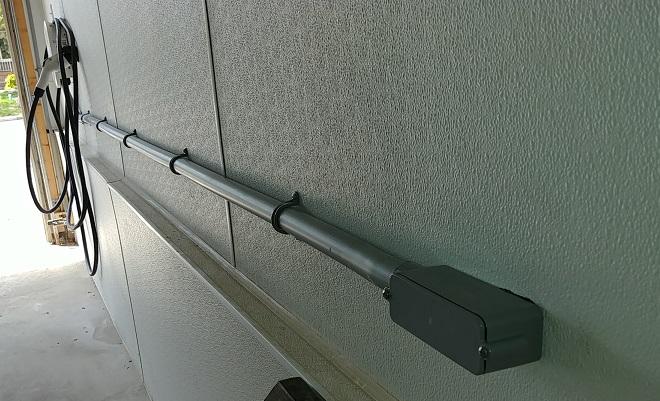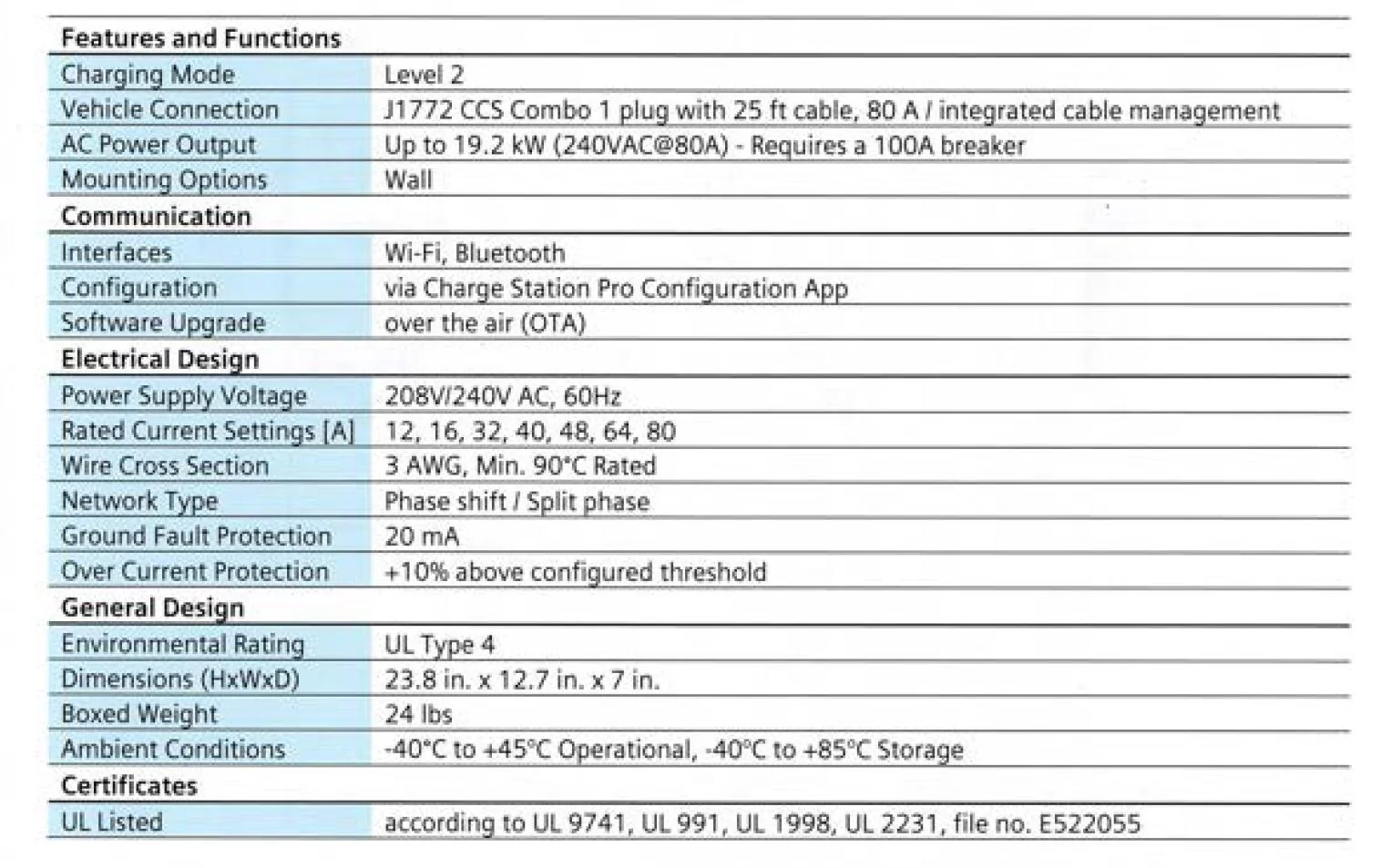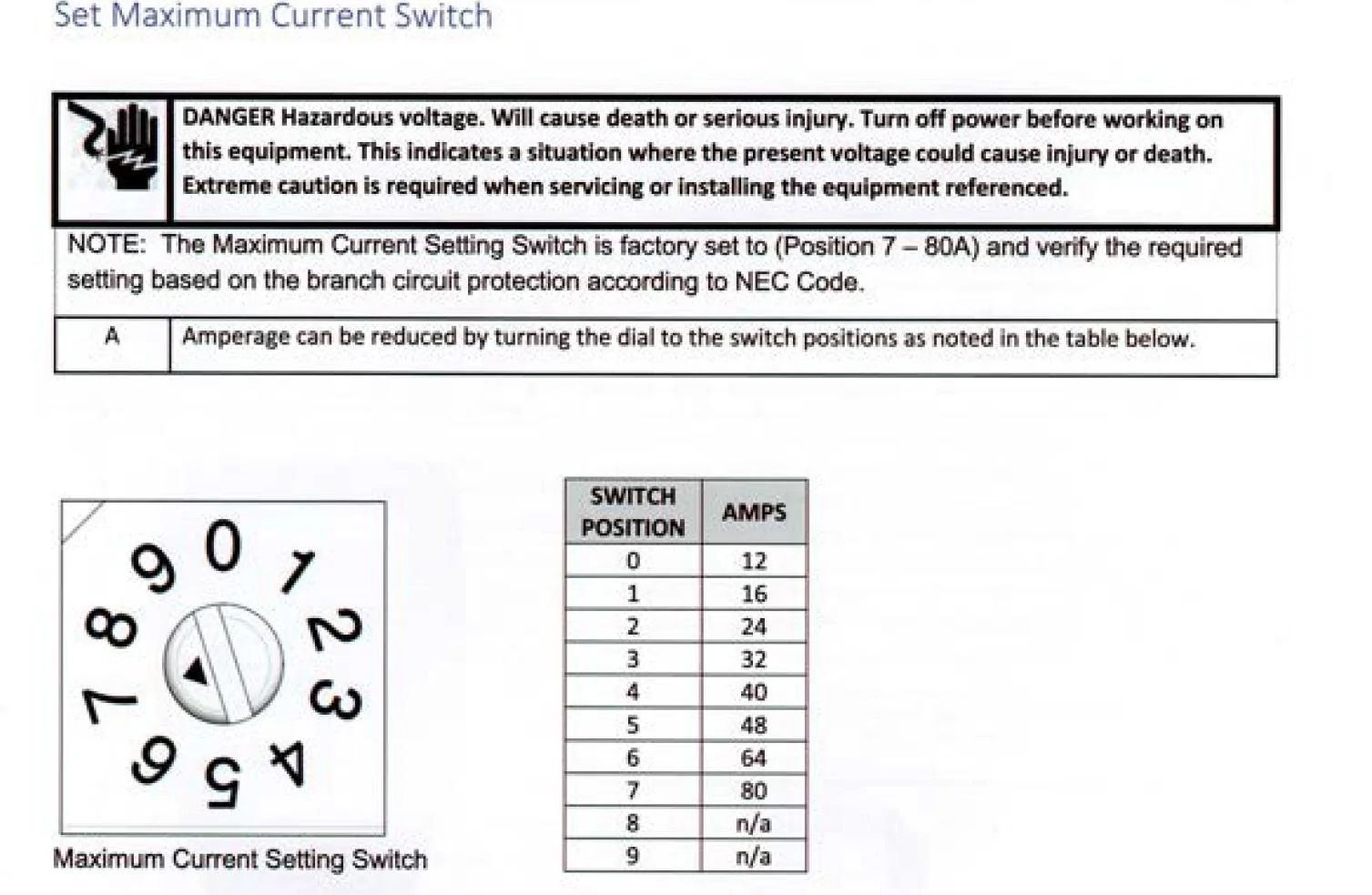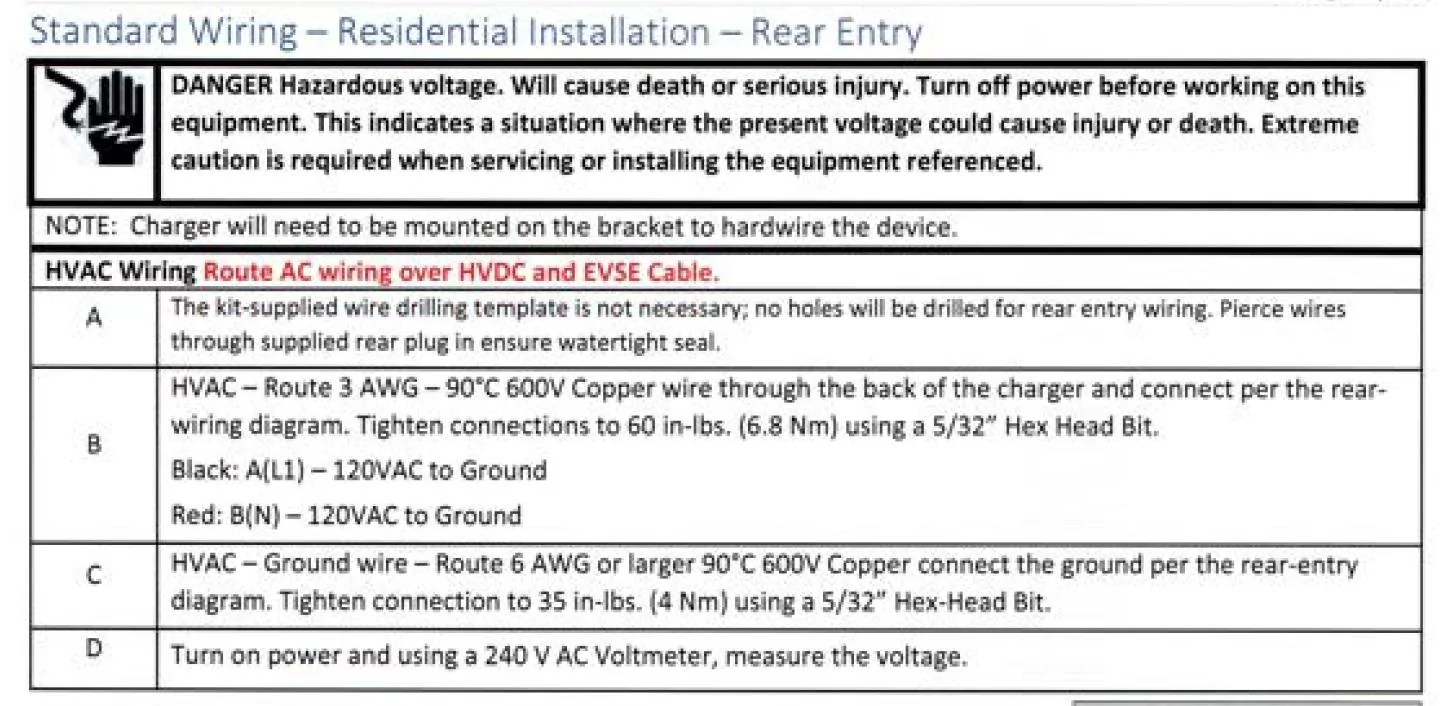JonS
Active member
100amp line would give you future flexibility. As others have mentioned you can just run a sub panel on that and split it how you want.Can I tell my builder to run a 100 amp circuit and put NEMA 14-50 on it? Is there a problem with this setup. my SR can't take more than 48AMP anyways.
in the future if I ever needed to Hardwire.... a 48AMP charger cannot be hardwired to a 100AMP circuit... am i getting this right? for that I will need a 60 AMP circuit?
thank you all for helping me navigate thru this.
AI
However I personally think that we’re in a time of least efficient EVs. They are only going to get lighter and more efficient from this point. So whatever works now will likely be more than sufficient/overkill in the future.
That being said I have two Tesla Wall Chargers in my garage load balancing a 60amp max line. I’ve also got a J1772 variant Tesla Wall Charger outside on a separate 60amp line (Lightning and CyberTruck in the future).
Sponsored


